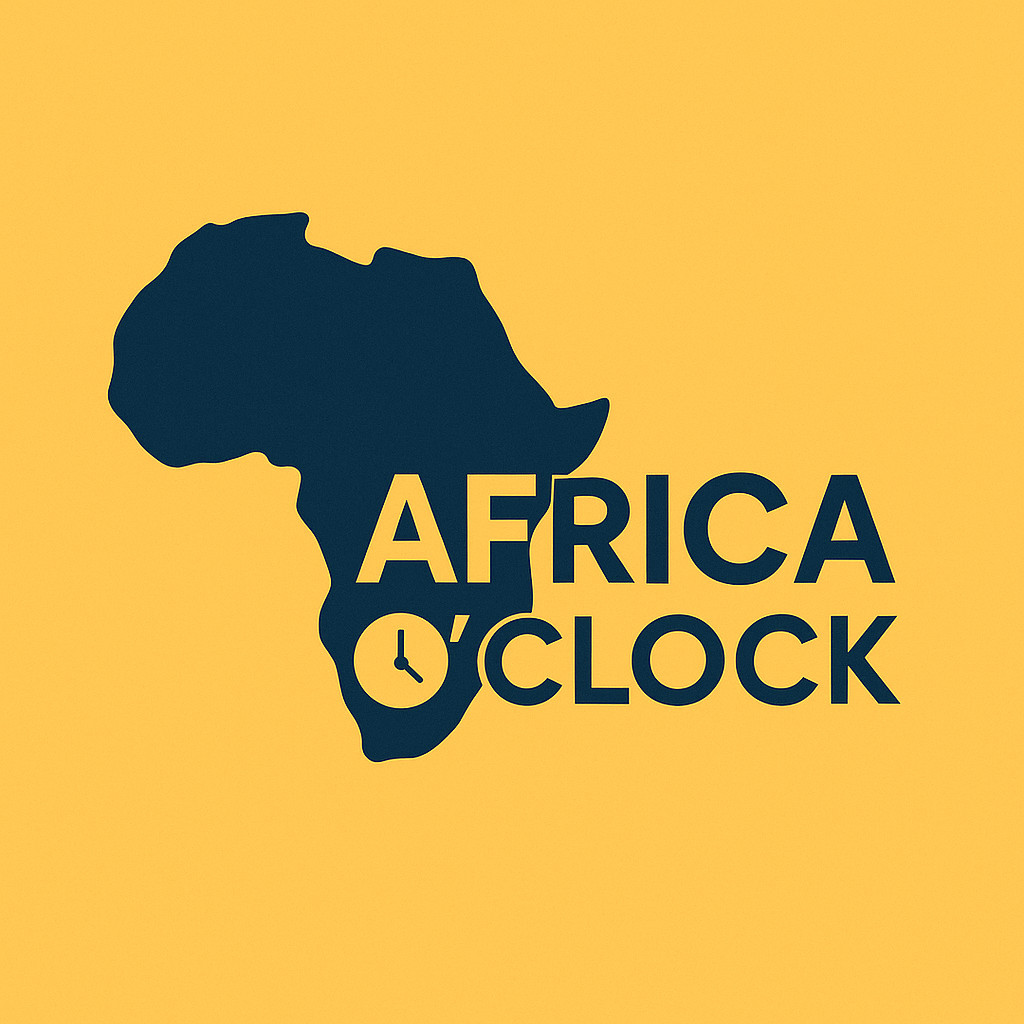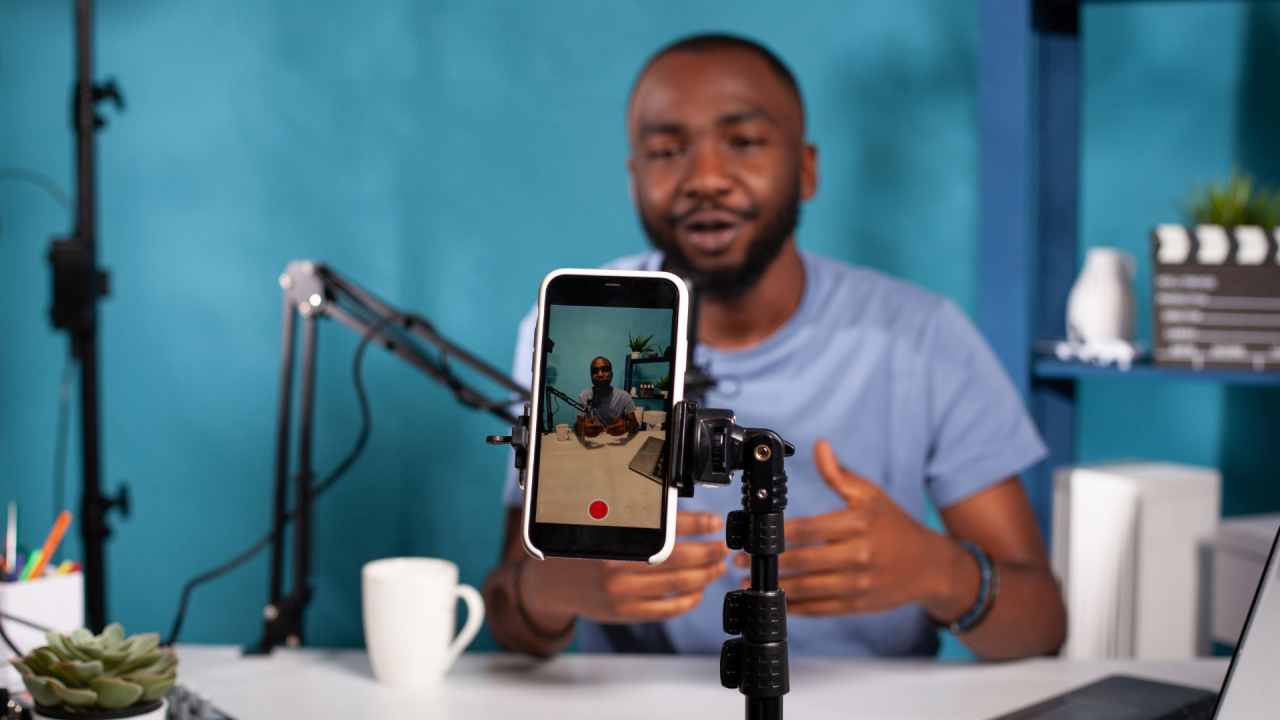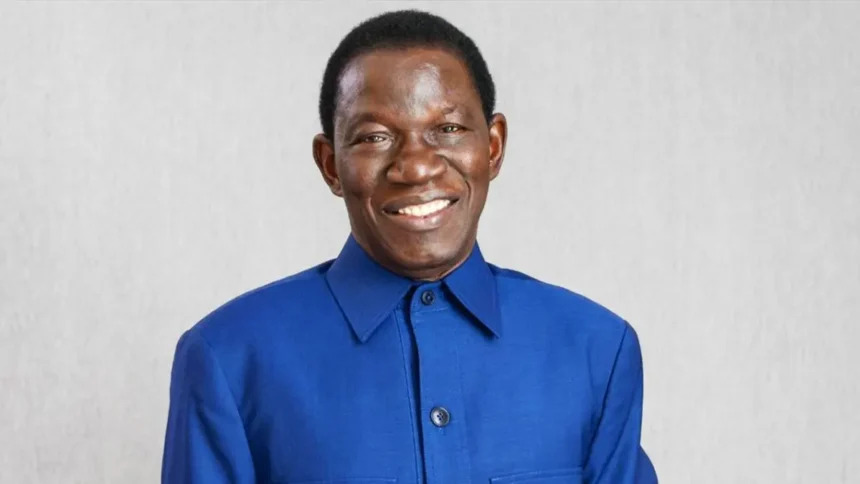As digital transformation accelerates in French-speaking Africa, consumer expectations, available technologies, and marketing practices are rapidly evolving. Here are the major trends to watch in 2025.
1. Mobile usage and improved connectivity
Mobile continues to be the primary gateway to the internet. In Côte d’Ivoire, for example, there are more mobile connections than inhabitants, and a high rate of mobile broadband (3G/4G/5G).
Many internet users live in densely populated urban areas, but also in rural areas that are highly connected via mobile. The challenge will be to maintain good network quality, cover less favored areas, and offer affordable plans/data.
2. Growth of e-commerce and social commerce
Consumers are increasingly buying directly through social networks or integrated platforms. Social commerce is becoming a strategic channel: Instagram, Facebook, and WhatsApp can be used to sell without going through a traditional online store.
Fast delivery and local payment methods (mobile money, cash on delivery) are essential to encourage conversion. Adapting to local realities (logistics, trust, habits) remains a requirement.
3. Personalization & omnichannel customer experience
French-speaking consumers, who are often young and connected, expect a seamless experience across different touchpoints (website, mobile app, social media, physical point of sale).
The use of AI and big data to analyze behavior, anticipate needs, and personalize offers will intensify. We are already seeing international agencies such as Artefact setting up shop to meet this demand.
4. Localized & authentic influencer marketing
Influencers are now key players, but not necessarily macro-influencers. Nano and micro-influencers, with a smaller but more engaged audience, often provide a better return on investment.
Cultural authenticity matters: content that speaks to local realities, respect for languages, adaptability to cultural events. This is what builds trust.
5. Voice search, audio content, and AI-assisted content
Voice search is gradually becoming more prevalent, particularly with smartphones, voice assistants, etc. Optimizing content for natural, conversational queries will be an asset.
Audio formats (podcasts, voice content, voice messages) and voice interfaces (voice chatbots, voice assistants) will begin to be used more, especially in areas where reading/writing is less common.
The adoption of AI for automation, data analysis, content generation, etc., continues to grow. But it also poses challenges: ethics, infrastructure, skills.
6. Language localization and inclusivity
French-speaking markets are not homogeneous: use of French, local languages, mixing of languages (code-switching). Content, advertising, and interfaces must take this linguistic diversity into account.
Inclusivity: adapting content for people with low digital literacy or who are unfamiliar with digital technology. Making interfaces simple and experiences clear.
7. Data, privacy, and regulation
With the increase in data collection for personalization, analysis, and prediction, issues of data protection, consent, and transparency are becoming crucial.
Local and regional legislation on data and technologies (e.g., AI) is being strengthened. Companies will need to comply and reassure users.
8. Increased use of immersive and visual technologies
Short video content (Reels, TikTok, Shorts) will continue to dominate in terms of engagement.
Immersive technologies such as augmented reality (AR) and virtual reality (VR) could be used for commerce (virtual try-ons, virtual tours), but their adoption will depend on technical capabilities (devices, bandwidth).
9. Focus on sustainability, impact, and social responsibility
Consumers, especially young people, value brands that have a mission and act according to ethical, environmental, or social principles. Companies that integrate these values into their marketing (eco-packaging, transparency, fair trade, etc.) will gain credibility.
“Impact marketing” (campaigns that are not only promotional but also address a societal issue) is becoming more common.
10. Local capacity and skills development
To take advantage of these trends, local businesses (SMEs, start-ups) must invest in digital skills: data analysis, content creation, digital media strategy, use of AI tools.
- Partnerships, training, incubators, and mentoring will be essential to bridge the gap between what is possible and what is practiced in the field.
- Issues & challenges to be addressed
- Network infrastructure: quality, cost, coverage.
- Access to financing for small businesses wishing to invest in digital technology.
- Digital literacy and inclusion of marginalized populations.
- Regulation and security (cybersecurity, privacy).
- Culture & habits: gaining confidence, online shopping habits, avoiding cash, etc.
Focus: Ivory Coast, Senegal, Cameroon
Ivory Coast: mobile, local influence, and social e-commerce
1. Explosion of social commerce
- Ivory Coast is one of the leading countries in terms of sales on social media.
- More than 7 out of 10 internet users have already made a purchase via Facebook, WhatsApp, or Instagram.
- Local platforms such as Jumia CI, Yango, and the Facebook pages of Ivorian creators play a key role.
2. Culturally rooted influencer marketing
- Ivorian consumers place great importance on authenticity.
- Nano-influencers (with fewer than 10,000 followers) often generate more engagement than national stars.
- Local brands collaborate with creators who speak in Nouchi or use humorous tones that are close to everyday life.
3. The rise of educational and social campaigns
Ivorian consumers are more engaged with brands that educate and inspire: finance, education, entrepreneurship, the environment.
Explanatory videos, educational challenges, and mini-documentaries are growing rapidly.
Key trend: The most promising sectors in 2025 are fintech, online training, local fashion, and personal services.
Senegal: a structured digital market focused on trust
1. A young and demanding audience
Senegal has a highly connected urban population, with more than 60% of internet users aged 18 to 35.
Brands need to engage with this young audience through compelling, useful, and participatory content.
2. Growth of podcasts and audio content
Audio content is booming thanks to Spotify, Deezer, and local digital radio stations.
Brands are now using podcasts to tell stories, educate, or raise awareness (health, employment, finance).
3. Digital payments and trusted e-commerce
- Senegal is making progress in securing payments and ensuring transaction transparency.
- Consumers favor sites that offer Mobile Money and local certifications (PayTech, Wave, Orange Money).
- Instagram pages often include QR codes to facilitate instant payments.
Key trend: Senegalese marketing focuses on financial education, brand transparency, and digital trust.
Cameroon: creativity, short videos, and community content
1. The power of local storytelling
In Cameroon, campaigns that work are those that highlight cultural identity: Cameroonian humor, local linguistic codes (Franglais, Pidgin).
2. TikTok and Reels, the kings of visibility
Young Cameroonians prefer short, creative, and funny videos. Tutorials, sketches, and mini-challenges are multiplying.
Local businesses use TikTok to build a community around Cameroonian pride.
3. The emergence of local platforms
Cameroonian startups are investing in local distribution platforms or marketplaces (e.g., NjangiApp, Buyam).
This opens up new advertising opportunities targeted at local consumers.
Key trend: In 2025, Cameroonian digital marketing will stand out for its creativity, humor, and community focus.
The future of digital marketing in French-speaking Africa
- 2025 is the year of local creativity: successful brands are those that adopt the cultural and linguistic codes of their audiences.
- Influencers become partners, not just messengers.
- Mobile, short video, and voice dominate communication.
- Consumers seek meaning, transparency, and proximity.
By Africa O’Clock, PR and Communications Agency





